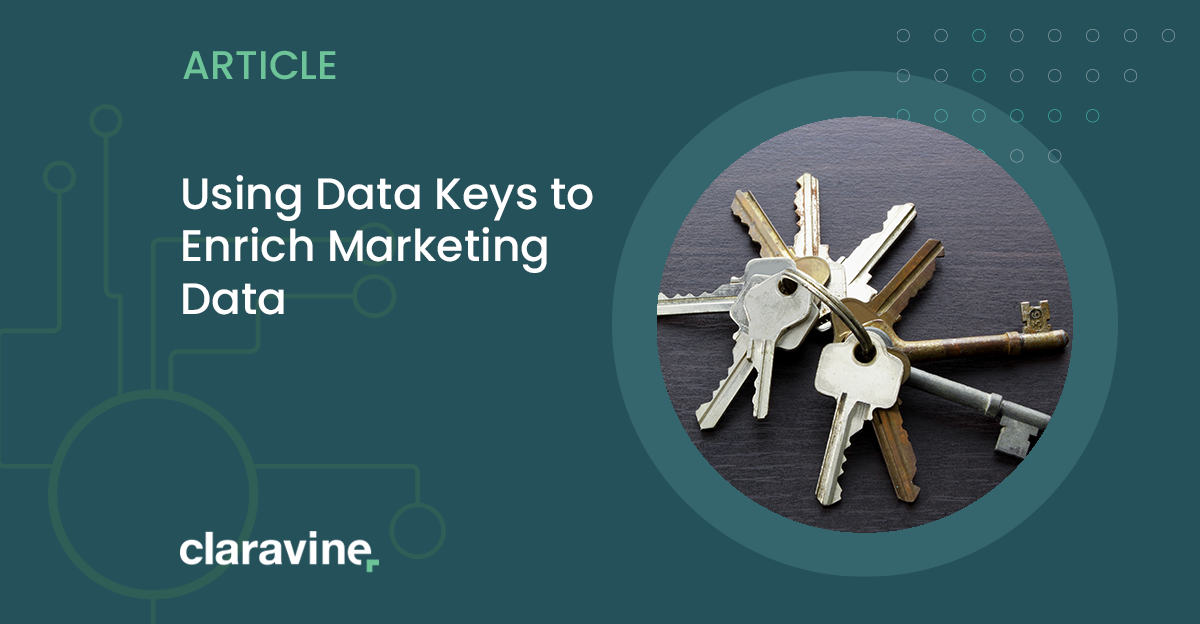A Guide to the Semantic Layer — A Must-Have for Data-Driven Companies

The quest to be data-driven is fueling explosive growth in the global business intelligence (BI) market, which is projected to grow from $24 billion in 2021 to $43 billion in 2028.
But having the latest and greatest BI tools doesn’t matter if your users can’t make sense of the underlying data.
That’s why investing in a robust semantic layer is crucial to ensure that all users can access and use enterprise information, no matter how technical they are.
This guide will explain the semantic layer, why it is important, and some key benefits of implementing one. Then we’ll talk about semantic architecture, including where the semantic layer is used and how it’s built.
Let’s get to it.
What is the Semantic Layer?
If you’ve ever worked with data in a business context, you’ve probably viewed it through a semantic layer, which maps enterprise data to common terms like customer, product, profit, and more. Transforming your underlying data models into familiar business terms supports a consolidated, consistent view of data across the organization.
The semantic layer simplifies and expedites data access for technical and non-technical users alike so organizations can derive maximum value from their data.
Why is the Semantic Layer Important?
A single source of truth (SSOT) for enterprise data is absolutely necessary to support accurate and actionable insights for decision-making — 69% percent of CFOs consider it critical for running an enterprise.
However, consolidating data into a central repository doesn’t equate to access. You need the semantic layer to bridge your data and business applications to transform that SSOT into a valuable enterprise asset.
Benefits of the Semantic Layer
The vast majority of users don’t need, let alone have the capability, to work with raw data to complete their job duties.
Genuinely data-driven companies recognize they must close the gap between their enterprise data and their business users by leveraging the semantic layer. Here are some organizational benefits they enjoy as a result.
Improved collaboration and consistency
Organizations routinely start data projects from scratch because teams use different terminology to describe the same data. For example, Team 1 might use the term “customer” while Team 2 refers to “user.” This can result in Team 1 doing analysis or reporting that Team 2 has already done and vice versa, creating redundancies and wasting time that could be better spent elsewhere.
The semantic layer fosters cross-departmental collaboration by supporting a common terminology in language business and technical users can understand so they can work towards organizational goals together.
Stronger data security, integrity, and governance
Your company’s success — and survival — depends on ensuring your data collection and storage methods are compliant and secure. But security especially can be a double-edged sword. Too little puts the organization at risk, while too much means business users won’t be able to do their jobs effectively.
By establishing a semantic layer, users won’t need to skirt security rules (e.g., make additional copies of data) to accomplish their objectives. Instead, they can identify, analyze, and report on data at the logical level and avoid corrupting data sources or undermining data integrity.
Better self-service
Complex data pipelines and security protocols often force IT to handle reporting requests, preventing business users from gaining timely access to information they need for analytics. And, of course, insights aren’t worth much if they aren’t based on the most up-to-date data.
Building a semantic layer supports consistency by allowing businesses to define metrics once instead of re-creating them for each application. It then joins data at query time, accelerating time to insight so organizations can extract value from enterprise data as quickly as possible.
Resource preservation
DBAs, data scientists, and other IT personnel are valuable resources with expertise that shouldn’t be wasted on fulfilling data and report requests.
The semantic layer helps preserve your IT resources by empowering users to derive meaningful insights themselves.
Where Do You Use a Semantic Layer?
The semantic layer sits between your analytics and BI tools and your data platforms (e.g., data lakes, data warehouses, etc.). There it performs the role of a data mart, offering a layer of logic and context over your data repositories to support self-serve analytics.
How to Build a Semantic Layer
Generally speaking, here are the steps for creating a semantic layer.
- Identifying what’s useful from a business perspective from your raw data
- Assigning names to fields and columns in terms that make sense for your business
- Aggregating data from different tables that should be logically grouped together
- Recreating formulas and calculations to apply to the business data
There are different approaches to building a semantic layer depending on how much flexibility you want to give your users to drill down, experiment, and answer new questions.
Traditional approach
A traditional approach involves creating a simplified data model, removing the complexities and details and leaving a distilled version of the original data. For example, you would design a model that answers a specific set of business questions along with a standard set of variations available to the user. The main drawback of this approach is that it’s difficult to anticipate the questions users will need answered, and users can’t drill down or perform root-cause analysis. In addition, business users would be working with representative data, increasing your exposure to potential errors and eroding trust in information.
Furthermore, the traditional approach doesn’t account for business objectives, requirements, and strategies evolving over time, creating the need for new questions and insights. You would have to redesign your data models to meet users’ needs, causing delays and potential missed opportunities. These efforts add up, especially in companies attempting to scale up their use of data for marketing measurement and strategic decision-making.
Modern approach
A modern approach involves creating a semantic layer based on data mapping technology, allowing you to provide a business-friendly view of the same data that your DBAs and data scientists use. As a result, business views are served at query time, regardless of the complexity or size of your data sources.
A variety of semantic tools provide flexibility, giving users the drag-and-drop ability to combine data from different areas of the business. This creates opportunities for exploratory and root-cause analysis while opening the door to machine learning and artificial intelligence (AI).
By creating a modern, scalable semantic architecture, organizations can maximize their data, successfully supporting a variety of employee or customer-facing applications including, enterprise search, chatbots, data visualization tools, and more.
First Things First: Build Data Integrity
Avoiding the impact of bad data is becoming increasingly difficult and expensive — a 2016 IBM study reported it costs the U.S. $3.1 trillion per year. There are no more recent studies to cite changes to this trend but I think it’s safe to say it’s only grown.
And while a semantic layer helps your business users access and understand information, producing accurate, meaningful insights hinges on data integrity.
A key way to get the most from a semantic layer is through data standards, especially around naming conventions. We’ve surveyed* more than 200 marketing and analytics professionals and 49% responded “global data consistency” as their number one priority.
Global data consistency is built on a foundation of agreed upon terms/semantics/whatever you want to call them (irony intended) that everyone not only understands but inputs into respective systems with agreed upon naming conventions.
Take a look at how we are helping marketing and analytics teams do just that.




